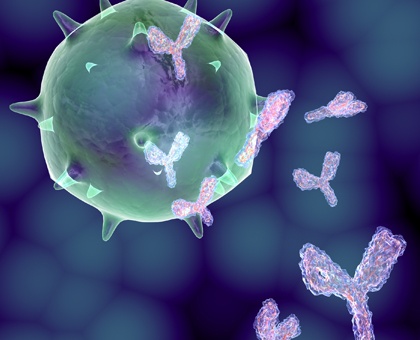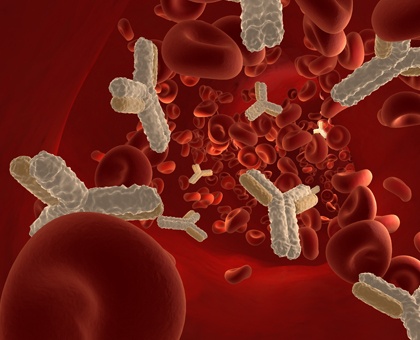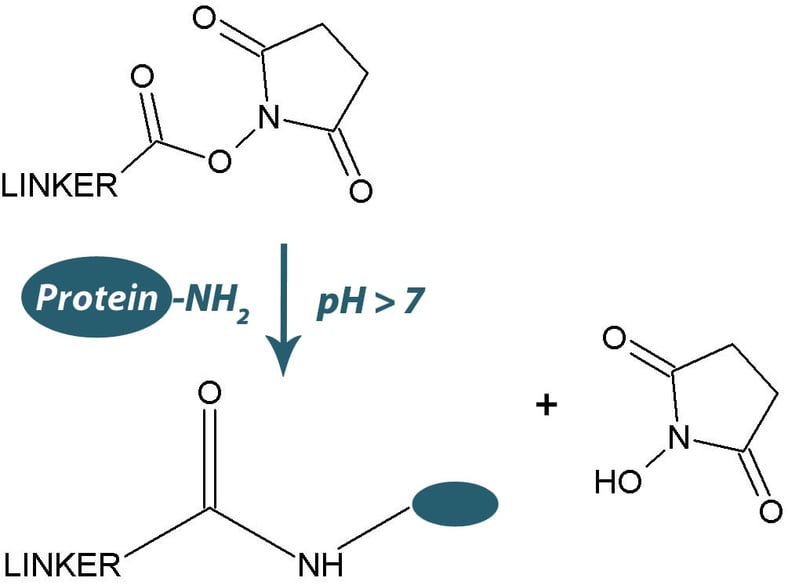INTRODUCTION:
Isolation of glycoproteins from protein solutions is routinely performed on concanavalin A (Con A) agarose (or sepharose). Con A is used for the purification of glycoproteins, polysaccharides and glycolipids as it binds molecules containing α-D-mannopyranosyl, α-D-glucopyranosyl and sterically related residues. Con A agarose has also be used in other application areas including purification of enzyme-antibody conjugates, purification of IgM and separation of membrane vesicles.
Con A is a metalloprotein and to maintain its binding characteristics the presence of both Mn2+ and Ca2+ is essential. Each subunit of Con A utilizes one calcium and one manganese ion and these cations can be removed under acidic conditions abolishing the carbohydrate-binding activity.
For the elution of bound molecules the preferred method is to use competitive eluents. Suitable eluents include, but a re not limited to:
- methyl-α-D-mannopyranoside [50-200mM]
- methyl-α-D-glucopyranoside [50-200mM]
Common Elution Techniques are Ineffective!
Researchers routinely report that they have issues with eluting their protein as seen by lower than expected yields. This reduced yield also reduces the column capacity.







